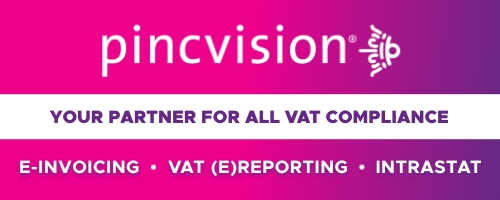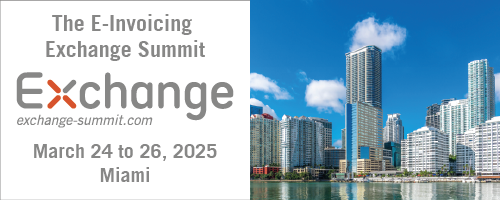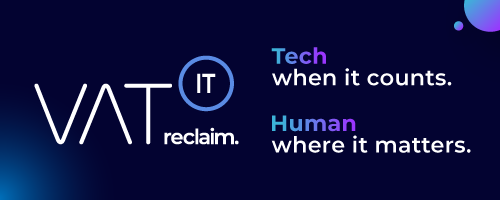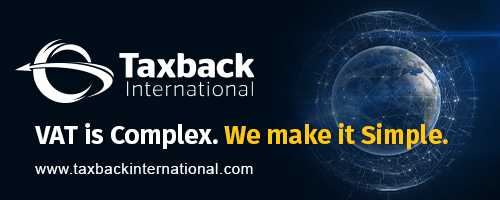On April 3, 2008, the ECJ issued its decision in the case C-442/05 (Zweckverband zur Trinkwasserversorgung und Abwasserbeseitigung Torgau-Westelbien).
Context: Sixth VAT Directive – Articles 4(5) and 12(3)(a) – Annexes D and H – Concept of ‘supply of water’ or ‘water supplies’ – Reduced rate of VAT
Article in the EU VAT Directive
Articles 4(5) , 12(3)(a) of the Sixth VAT Directive (Articles 13, 96 and 98 of the EU VAT Directive 2006/112/EC).
Article 13 (Taxable persons – Public bodies)
1. States, regional and local government authorities and other bodies governed by public law shall not be regarded as taxable persons in respect of the activities or transactions in which they engage as public authorities, even where they collect dues, fees, contributions or payments in connection with those activities or transactions.
However, when they engage in such activities or transactions, they shall be regarded as taxable persons in respect of those activities or transactions where their treatment as non-taxable persons would lead to significant distortions of competition.
In any event, bodies governed by public law shall be regarded as taxable persons in respect of the activities listed in Annex I, provided that those activities are not carried out on such a small scale as to be negligible.
2. Member States may regard activities, exempt under Articles 132, 135, 136 and 371, Articles 374 to 377, Article 378(2), Article 379(2) or Articles 380 to 390b, engaged in by bodies governed by public law as activities in which those bodies engage as public authorities.
Article 96
Member States shall apply a standard rate of VAT, which shall be fixed by each Member State as a percentage of the taxable amount and which shall be the same for the supply of goods and for the supply of services.
Article 98
1. Member States may apply a maximum of two reduced rates.
The reduced rates shall be fixed as a percentage of the taxable amount, which shall not be less than 5 % and shall apply only to the supplies of goods and services listed in Annex III.
Member States may apply the reduced rates to supplies of goods or services covered in a maximum of 24 points in Annex III.
2. Member States may, in addition to the two reduced rates referred to in paragraph 1 of this Article, apply a reduced rate lower than the minimum of 5 % and an exemption with deductibility of the VAT paid at the preceding stage to supplies of goods or services covered in a maximum of seven points in Annex III.
Facts
- The Zweckverband ensures the supply of drinking water and disposal of sewage on behalf of a number of towns and municipalities in the district of Torgau-Westelbien. Accordingly, the activities of the Zweckverband include, inter alia, the collection, piping, treatment and supply of drinking water to its customers, that is to say the owners of buildings connected to the water supply network. In that context, it lays mains connections at the request of its customers, for which it receives a single fee corresponding to the cost of that work. The connection remains the property of the Zweckverband.
- Taking the view that the laying of a connection was distinct from the supply of water, the Finanzamt decided to apply to it the standard rate of VAT laid down by national legislation.
- After an unsuccessful objection to the Finanzamt, the Zweckverband brought proceedings before the Finanzgericht Sachsen (Finance Court, Saxony), claiming that a mains connection should be subject to the same reduced rate of VAT as that applied to the supply of water.
- The Finanzgericht Sachsen upheld the Zweckverband’s action, considering that the supply of water and the laying of the mains connection constituted a single service of ‘water supply’, within the meaning of the national legislation which transposed the Sixth Directive.
- The Finanzamt appealed against that decision to the Bundesfinanzhof (Federal Finance Court) on a point of law.
- Like the parties, the Bundesfinanzhof proceeds on the basis that, in laying a mains connection, the Zweckverband acts as a trader in accordance with the national legislation. However, that court states that it is apparent from the parties’ observations at the hearing in the main proceedings that the Zweckverband acts pursuant to its public law statutes and under public law, which argues against its being subject to VAT, having regard to the provisions of Article 4(5) of the Sixth Directive.
- As regards the rate of VAT applicable, the Bundesfinanzhof points out that, before the issue of a letter by the Bundesministerium der Finanzen (Federal Ministry of Finance) of 4 July 2000, laying a mains connection was considered a service ancillary to water supplies.
- The Bundesfinanzhof is also inclined to the view that laying mains connections forms part of water supplies, but considers that that question depends on the interpretation of Article 12(3)(a) of the Sixth Directive and of Category 2 of Annex H thereto.
Questions
Does connection of the water distribution network to a property owner’s installation (the so-called ‘household connection’) by a water supply undertaking for a separately calculated fee come under the heading of ‘the supply of water’ within the meaning of Sixth Council Directive 77/388/EEC of 17 May 1977 1 on the harmonisation of the laws of the Member States relating to turnover taxes (Annex D (2) and Annex H Category 2)?
AG Opinion
The connection of the water distribution network to a property owner’s installation by a water supply undertaking for a separately calculated fee comes under the heading of [‘the supply of water’/‘Water supplies’] within the meaning of Sixth Council Directive 77/388/EEC of 17 May 1977 on the harmonisation of the laws of the Member States relating to turnover taxes – Common system of value added tax: uniform basis of assessment (Annex D(2) and Annex H, Category 2) and should be regarded, with the water delivered to the dwelling in question, as forming a single transaction for the purposes of VAT.
Decision
1. Article 4(5) of Sixth Council Directive 77/388/EEC of 17 May 1977 on the harmonisation of the laws of the Member States relating to turnover taxes – Common system of value added tax: uniform basis of assessment and point 2 of Annex D thereto must be interpreted as meaning that the laying of a mains connection which consists, as in the main proceedings, in the installation of piping permitting the connection of a building’s water system to the fixed water supply network forms part of the supply of water, listed in that annex, so that a body governed by public law acting as a public authority is a taxable person in respect of that transaction.
2. Article 12(3)(a) of Sixth Directive 77/388 and Category 2 of Annex H thereto must be interpreted as meaning that the laying of a mains connection which consists, as in the main proceedings, in the installation of piping permitting the connection of a building’s water system to the fixed water supply network forms part of water supplies. Furthermore, Member States may apply a reduced rate of value added tax to concrete and specific aspects of water supplies, such as the laying of mains connections at issue in the main proceedings, provided that they comply with the principle of fiscal neutrality inherent in the common system of value added tax.
Summary
Terms “supply of water” and “water distribution” respectively – Reduced VAT rate
The construction of an individual connection, which consists in laying a pipe connecting the water installation of a building to the fixed water distribution networks, falls within the concept of ‘supply of water’, so that a body governed by public law acting as a public authority is liable to tax for that transaction is.
The construction of an individual connection consisting of laying a pipe connecting the water installation of a building to the fixed water distribution networks falls under the concept of ‘water distribution’. In addition, Member States may apply a reduced VAT rate to concrete and specific aspects of water distribution, such as the installation of an individual connection at issue in the main proceedings, provided that they respect the principle of fiscal neutrality inherent in the common VAT system.
Source:
Similar ECJ cases
How did countries implement the case? Your feedback appreciated! Let us know
Newsletters















